Cold Spring Park Was Very German
Homes in near westside neighborhood mostly built in early 1900s, often resembling those built in Germany.
Distance: Two miles
Start: At the corner of N. 27th St. and W. Highland Blvd.
Parking: On the street
Cold Spring Park, a neighborhood seldom on tourist agendas, is a mid-city neighborhood where some of Milwaukee’s most elegant homes were built in the early 1900s.
The area was originally a park privately held by a few wealthy citizens who raced trotting horses on what is now McKinley Boulevard. The name Cold Spring came from a natural spring in the northwest corner of the park. It encompassed 60 acres bounded by 27th Street and 35th Street, Juneau Avenue, and Vliet Street. In addition to its popularity as a place to race trotting horses, Cold Spring had a past life as a Civil War encampment and later was the site of the original Wisconsin State Fair. Occasionally a traveling circus would set up in the park making it a destination for locals who trekked two miles from downtown Milwaukee to what was then the western edge of the city. Here they found open land, dense forests and entertainment.
Two east-west streets, Highland and McKinley, became desirable locations although they attracted different income groups. Wealthy industrialists and beer barons were drawn to Highland, while professional and managerial classes built their homes on McKinley. Both groups were mainly German-Americans. The less prestigious neighborhood in between the two streets was settled by managers, craftspeople, and laborers.
There is one street on the south side of Cold Spring Park where there are no homes, only the backyards of the homes that face State Street. This is West Richardson Place, two diagonal blocks from 27th to 29th, the sole remaining segment of the original Watertown Plank Road. The rest of the plank road was plowed under and symmetrical grids were established. Only this tiny segment remains inside Milwaukee from a road that stretched 58 miles from 11th Street in Milwaukee, through Wauwatosa, all the way to Watertown. The road was constructed from oak planks three inches wide and eight feet long, an undertaking that took five years. It became known as “The Avenue to Wealth.” Today, Richardson Place is a street forgotten by the city, pot-holed, bumpy, and with the exception of Neighborhood House, a community center, it’s empty.
Because almost every home in the Cold Spring Park neighborhood was built between 1900 and 1910, it has a certain symmetry though the homes are architecturally diverse. Highland between 27th and 35th became an elegant residential neighborhood where the Pabst, Miller and Usinger families all built their homes. After several well-to-do German families located on Highland within a few blocks of each other, the street earned the name “Sauerkraut Boulevard.” At the same time, McKinley Boulevard became known as one of the most desirable streets in Milwaukee, especially from 31st to 27th where the most elegant homes were located.
In the 1890s, Milwaukee city planners’ early attempts at beautification of city streets began with the establishment of boulevards which were landscaped to create open spaces on city streets. These boulevards were designed to reduce undesirable traffic such as vehicles carrying dirt, building materials, and manure. Highland Avenue was the first boulevard, created in 1896 and it was soon followed by McKinley. Today, Highland is a busy thoroughfare, while McKinley from 27th to 35th has multiple speed bumps and a stop sign at every intersection.
In the 1930s and 1940s many homes on Highland were converted to apartments and rooming houses and absentee landlords became the norm. By contrast, McKinley has been revitalized, perhaps in part by the efforts of the Cold Spring Park Association formed in 1970, a group that continues to encourage renewal by growing the number of owner-occupied homes. In 1985, McKinley Boulevard was listed on the National Register of Historic Places.
The Walk
Start this walk at the corner of 27th and Highland. Walk two blocks south on 27th to see West Richardson Place, once Watertown Plank Road, in its current state of disrepair. Then return on 27th to State Street and walk west three blocks to see the Dr. Robert Faries residence at 3011. This elegant Cream City brick home was set back from State because it fronted on Watertown Plank Road. Note the strange four-and-a-half story tower which Dr. Faries, an amateur astronomer, used as an observation deck.
When you get to 35th, turn right and right again on McKinley. You have entered the Cold Spring Historic District where all the homes were built between 1900 and 1915. From 3400 to 3100 the boulevard is lined with duplexes that have similar floor plans but individualized exteriors. These homes exemplify hundreds of frame duplexes built in Milwaukee.
Starting in the 3100 block, you will see more elegant homes built by upper class merchants, four blocks filled with the homes that made McKinley a prestigious street on the western edge of the city. The lots are larger than the lots in duplex row which allowed the wealthy more space to construct their homes. Many of these homes resemble homes built in Germany at the turn of the century. At 3112, the Sternemann residence has four distinct Ionic columns, more Greek than German.
At 27th turn right and walk two blocks back to Highland and the end of this two-mile stroll through the former Cold Spring Park, once the site of a Civil War encampment and today, a turn-of-the-century neighborhood in transition.
Along the Walk
If you think stories like this are important, become a member of Urban Milwaukee and help support real, independent journalism. Plus you get some cool added benefits.
Milwaukee Walks
-
Kilbourntown Tour Offers Tons of History
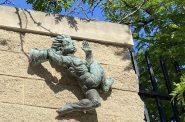 Oct 8th, 2023 by Cari Taylor-Carlson
Oct 8th, 2023 by Cari Taylor-Carlson
-
Riverwest Is a Melting Pot
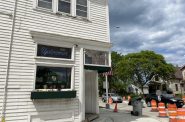 Aug 25th, 2023 by Cari Taylor-Carlson
Aug 25th, 2023 by Cari Taylor-Carlson
-
Layton Boulevard Has Overlooked History
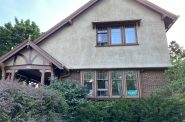 Jul 23rd, 2023 by Cari Taylor-Carlson
Jul 23rd, 2023 by Cari Taylor-Carlson


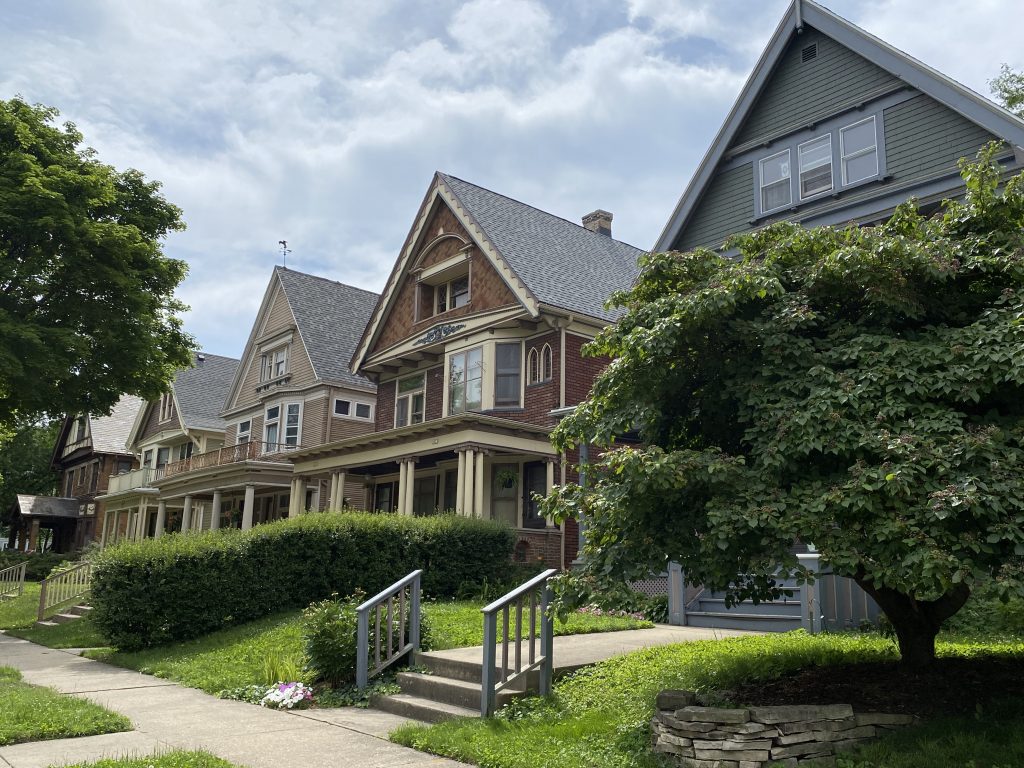
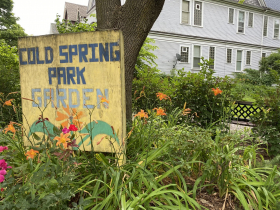
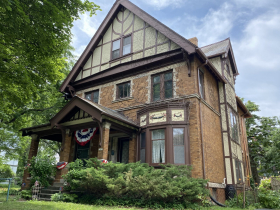
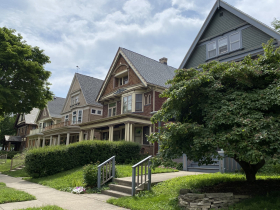
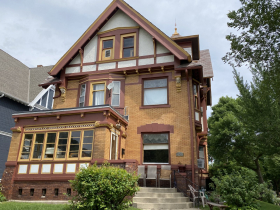
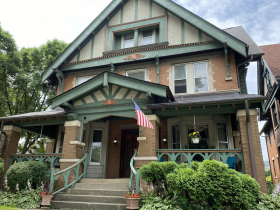
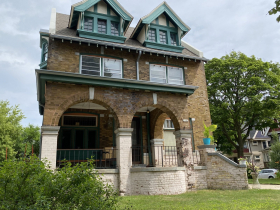




















Great article… I drive very slow and do a lot of “rubber-necking” when I travel through those historic neighborhoods.. beautiful German homes built to last 1,000 years.